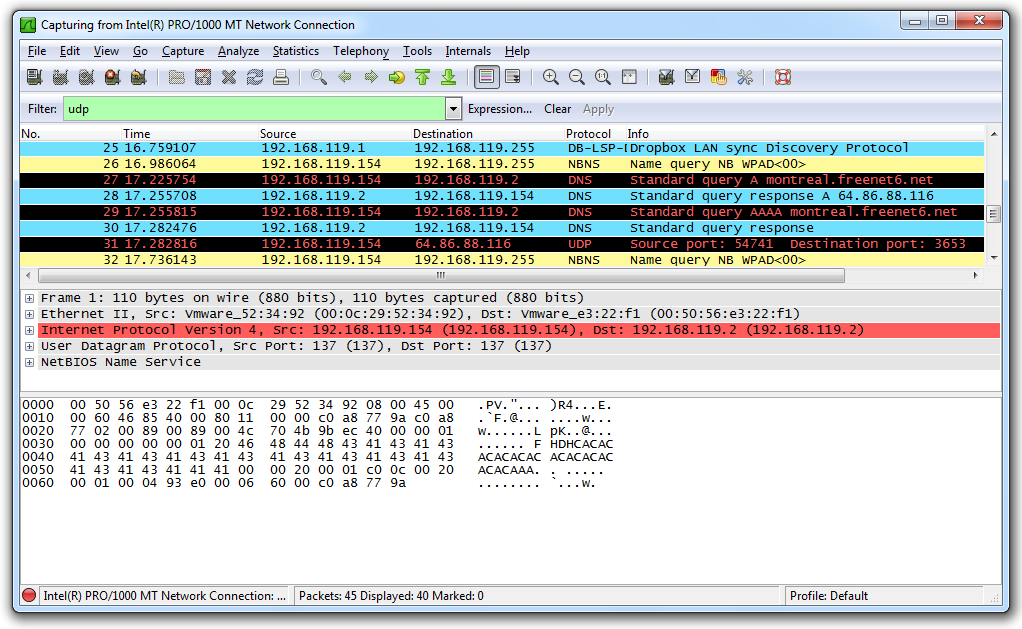
To check all the available interfaces to capture on, use the ‘-D’ flag as: sudo tcpdump -D

In this article, I'll focus on core options that are frequently used. Tcpdump has a long list of options available for use. Windows has a ‘Microolap TCPDUMP for Windows’ variant with an associated price tag. It is freely available on Unix and Linux systems. Thanks to the developers, who have kept the Tcpdump as an open source project. The output from the command displays on the STDOUT and can also be stored in a file. It captures packets as they go by and shows you what’s going on and coming in on your network. Tcpdump is a great tool for analyzing networks and hunting down associated network problems.


 0 kommentar(er)
0 kommentar(er)
